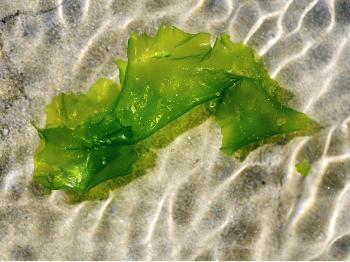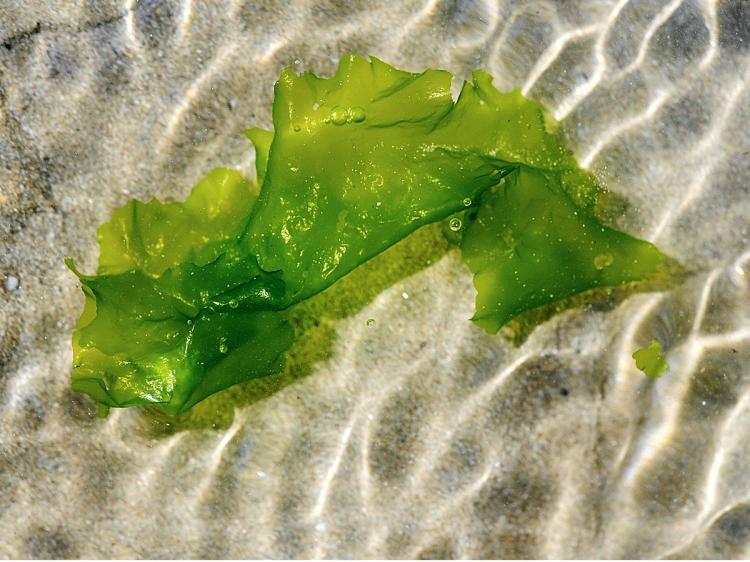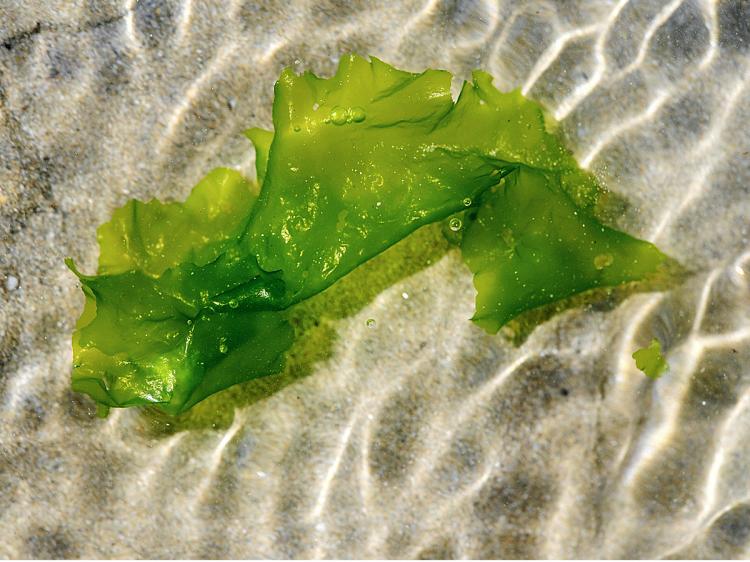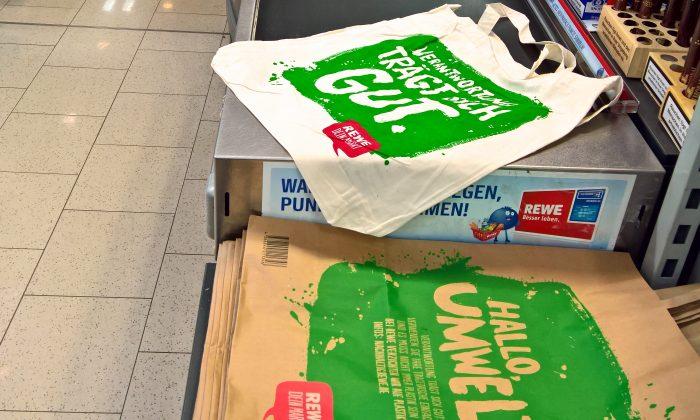New biofuel technologies could revolutionize the green energy market.
Imagine new green high-rise buildings. No, not just green as in low carbon footprint, but buildings actually powered by green algae. Imagine green algae containers attached to the sides of high-rise buildings, reaching all the way to the roof. These containers, called photobioreactors (PBR), are similar to huge glass water tanks with algae, allowing sunlight to stimulate algae growth and produce highly efficient biofuel.
Having already a variety of biofuels made from corn, sugar cane, canola, and soybeans, why would one bother with algae? One of the latest researches, aimed at producing biofuels, has discovered that algae can produce a lot more energy than all other fuels combined. It could generate 30 times more energy per unit area than most other biofuels derived from crops.
Such a discovery could create a whole new biofuel industry based on algae—not to mention the cost savings from reducing excess crop production.
The United States Department of Energy estimated that 15,000 square miles of algae (a bit larger than the size of Maryland) could replace all of the petroleum currently being used in the United States. By comparison, if you plant corn for biofuel use, you would need around 4 times the area of United States to meet current fuel level demands.
“I think algae is one of the only viable technologies,” said Jason Pyle, the CEO of Sapphire Energy, the maker of algae-based fuels. “What else can scale to 10 billion, 50 billion gallons? Very few sources,” said Pyle, referring to algae’s huge energy generation potential, which requires no arable area and no water.
Pyle believes that the algae business has huge potential, and could even replace all other biofuels. His company, Sapphire Energy, has invested heavily in R & D for algae while the technology is nascent.
Unlike other bio crops, algae doesn’t need large amounts of clean water. It could be grown in dirty, wastewater as well as in salty ocean water, thereby not reducing our fresh water supply.
Additionally, studies have shown that algae can take in 99 percent of CO2 and convert it into oxygen or biomass. This means that algae can soak large amounts of CO2 from polluted cities, thereby cleaning and filtering it to produce oxygen as well as biofuel.
As jet fuel prices have skyrocketed, some major aircraft carriers are already flying on algae fuel. On Jan. 8, 2009, Continental Airlines ran a first ever commercial test flight entirely on algae fuel—albeit not pure algae fuel. The fuel consisted of half algae fuel and half regular jet fuel. After a series of air maneuvers including a mid-flight engine shutdown, Continental pilots have praised the algae fuel as being very effective.
Additionally, other airlines such as Air New Zealand, Virgin Atlantic Airways and Boeing Co. have also invested in algae fuels.
But currently, the technology is still immature and there’s no political support behind the research.
“The main challenge is not technical, it’s willpower,” said Pyle. “People told us this technology was impossible a year ago, but now here it is ready to go. It’s going to take a huge act of will for our government to effect a real change.”
Last week, Sapphire Energy sponsored a first ever algae powered car nicknamed Algaeus that used five percent algae and 95 percent normal fuel. Although it used only five percent algae fuel, it was a first step in integrating algae fuel for automobiles. The car, a plug-in hybrid Toyota Prius, was designated to drive from San Francisco to Washington D.C. The whole trip will take 10 days and will use only 25 gallons of fuel.
Imagine new green high-rise buildings. No, not just green as in low carbon footprint, but buildings actually powered by green algae. Imagine green algae containers attached to the sides of high-rise buildings, reaching all the way to the roof. These containers, called photobioreactors (PBR), are similar to huge glass water tanks with algae, allowing sunlight to stimulate algae growth and produce highly efficient biofuel.
Having already a variety of biofuels made from corn, sugar cane, canola, and soybeans, why would one bother with algae? One of the latest researches, aimed at producing biofuels, has discovered that algae can produce a lot more energy than all other fuels combined. It could generate 30 times more energy per unit area than most other biofuels derived from crops.
Such a discovery could create a whole new biofuel industry based on algae—not to mention the cost savings from reducing excess crop production.
The United States Department of Energy estimated that 15,000 square miles of algae (a bit larger than the size of Maryland) could replace all of the petroleum currently being used in the United States. By comparison, if you plant corn for biofuel use, you would need around 4 times the area of United States to meet current fuel level demands.
“I think algae is one of the only viable technologies,” said Jason Pyle, the CEO of Sapphire Energy, the maker of algae-based fuels. “What else can scale to 10 billion, 50 billion gallons? Very few sources,” said Pyle, referring to algae’s huge energy generation potential, which requires no arable area and no water.
Pyle believes that the algae business has huge potential, and could even replace all other biofuels. His company, Sapphire Energy, has invested heavily in R & D for algae while the technology is nascent.
Unlike other bio crops, algae doesn’t need large amounts of clean water. It could be grown in dirty, wastewater as well as in salty ocean water, thereby not reducing our fresh water supply.
Additionally, studies have shown that algae can take in 99 percent of CO2 and convert it into oxygen or biomass. This means that algae can soak large amounts of CO2 from polluted cities, thereby cleaning and filtering it to produce oxygen as well as biofuel.
As jet fuel prices have skyrocketed, some major aircraft carriers are already flying on algae fuel. On Jan. 8, 2009, Continental Airlines ran a first ever commercial test flight entirely on algae fuel—albeit not pure algae fuel. The fuel consisted of half algae fuel and half regular jet fuel. After a series of air maneuvers including a mid-flight engine shutdown, Continental pilots have praised the algae fuel as being very effective.
Additionally, other airlines such as Air New Zealand, Virgin Atlantic Airways and Boeing Co. have also invested in algae fuels.
But currently, the technology is still immature and there’s no political support behind the research.
“The main challenge is not technical, it’s willpower,” said Pyle. “People told us this technology was impossible a year ago, but now here it is ready to go. It’s going to take a huge act of will for our government to effect a real change.”
Last week, Sapphire Energy sponsored a first ever algae powered car nicknamed Algaeus that used five percent algae and 95 percent normal fuel. Although it used only five percent algae fuel, it was a first step in integrating algae fuel for automobiles. The car, a plug-in hybrid Toyota Prius, was designated to drive from San Francisco to Washington D.C. The whole trip will take 10 days and will use only 25 gallons of fuel.







Friends Read Free